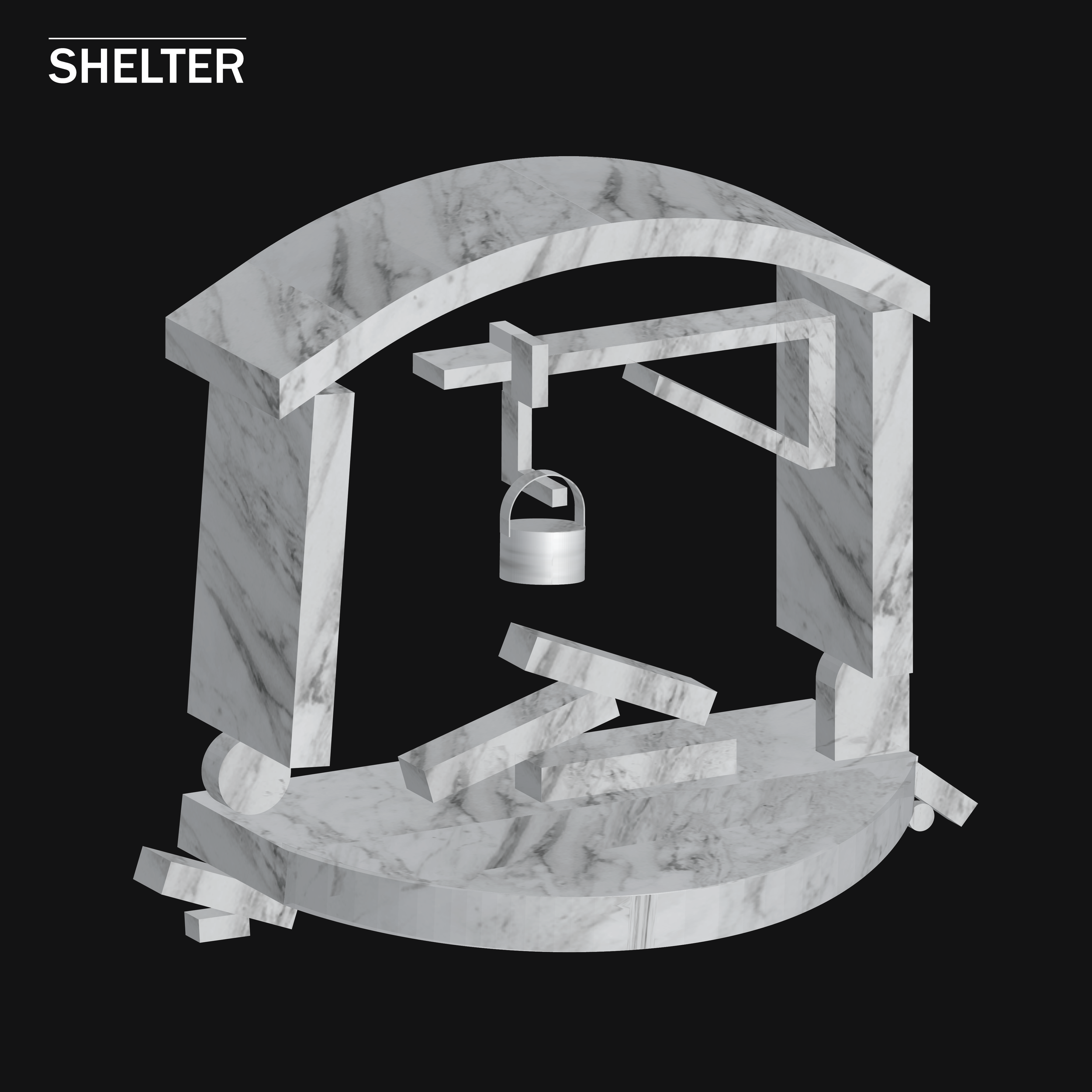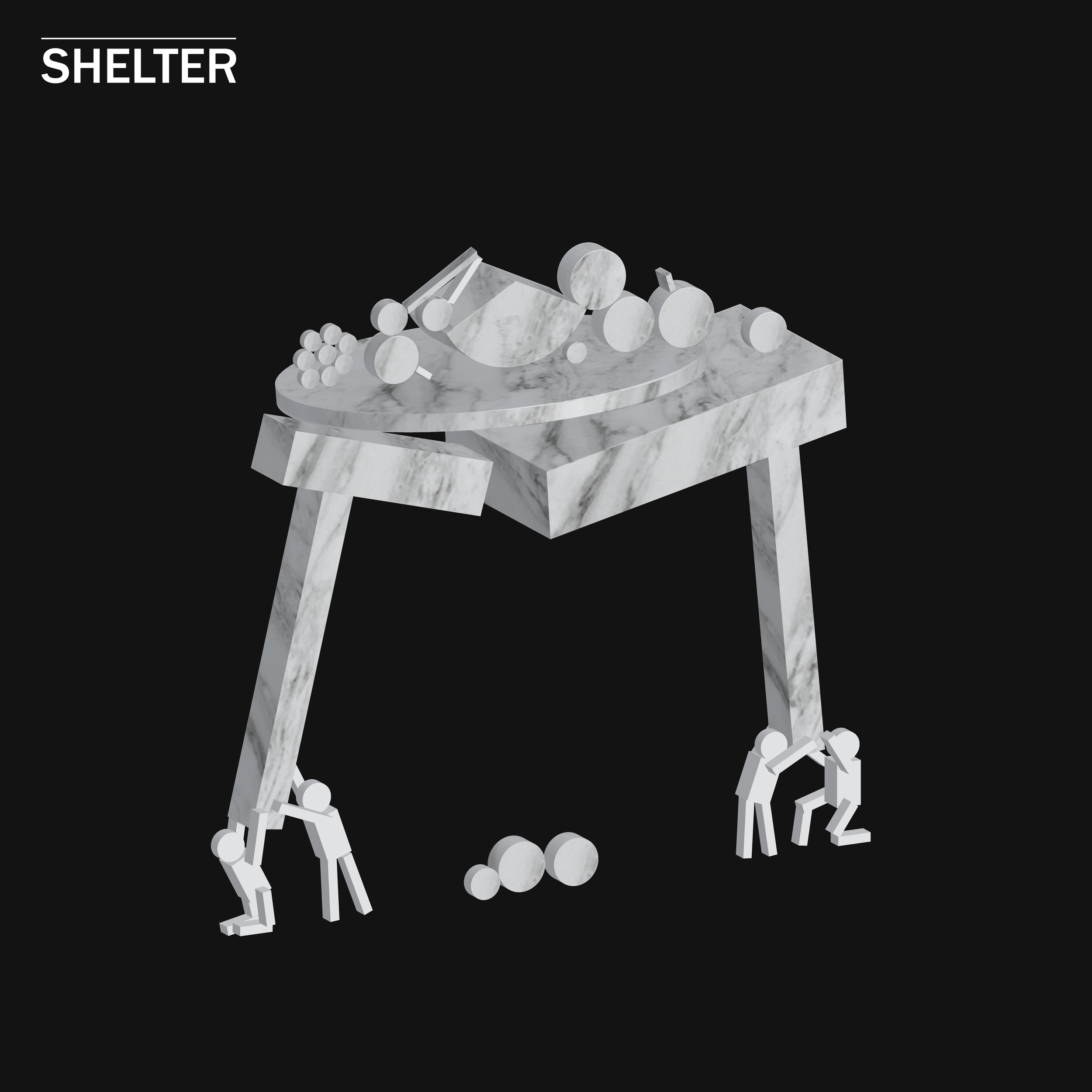JUMP TO: SHELTER | DIRTY LITTLE SECRETS | SUPERSTORM SANDY | HAITI
(and check out the consulting page of my website for more of my recent freelance work)
Far from home podcast
My latest project — which I’ve been producing since 2016 — is a podcast called Far From Home. It’s a narrative travel and culture documentary program that includes elements of both journalism and immersive, fly by the seat of your pants storytelling, where I document fascinating stories from faraway places and make listeners feel like they're really there.
The first season followed me on an 11,000 mile road trip I took across 21 countries from the UK to Mongolia as part of an annual charity event called the Mongol Rally. In subsequent seasons, I’ve ditched the car and slowed down the journey, sharing stories from my ongoing travels to far-flung parts of the world. Among the highlights, I’ve wandered through abandoned buildings in Chernobyl, attempted to learn the art of Tuvan throat-singing, and participated in a hallucinogenic ayahuasca ceremony in Peru.
Far From Home has won numerous awards, including best podcast for three years in a row from the North American Travel Journalists Assocation. The Washington Post has recommended it “if you are a fan of ‘This American Life’ or ‘Serial’ without the murder,” and The Guardian called it “a brilliant listen.”
For more information, you can visit the podcast website and check out my online press kit.
SHELTER
I was the lead producer / show runner and co-host of “Shelter,” a grant-funded podcast series released in 2021 and 2022 in collaboration with Rutgers University’s Center for Cultural Analysis and Department of History, the New Brunswick Theological Seminary, and coLAB Arts. Working with an assistant producer and a team of collaborators, I trained ten novice, community-based reporters to use audio gear and conduct interviews, and I assembled source material into six episodes focused around the themes of poverty and housing and the role of religious and academic institutions in addressing economic inequality, all answering the central question: “In an age of pandemic, what does it mean to shelter in place when you have no shelter?” The series earned awards from the Society of Professional Journalists’ New Jersey and Pennsylvania chapters.
Dirty Little Secrets
A multimedia, investigative reporting project launched in late 2015 in collaboration with the Center for Investigative Reporting and Montclair State University's NJ News Commons, with reporting partners including NJ Spotlight, WNYC, WHYY (Philadelphia), NJTV (NJ public television), and WBGO (Newark). Through a series of radio stories, television segments, and print articles, we explored the health, environmental, and economic costs of New Jersey's toxic, industrial legacy.
You can read more about our collaboration here.
superstorm Sandy
In October of 2012, I was doing occasional freelance reporting for WNYC / NJ Public Radio when I got a call from my editor early one Sunday. Weather forecasters were warning that a big storm was barreling towards New Jersey, so the station wanted me to head to the Jersey Shore to interview residents and business owners boarding up their windows and making preparations. That one afternoon turned into several days, as the waves came crashing ashore, causing massive flooding and widespread power outages, and destroying tens of thousands of homes. Throughout it all, I drove up and down the coast reporting live from the scene for a variety of local and national outlets.
In 2013, WNYC and NJ Spotlight -- a policy-oriented news website -- jointly hired me to provide in-depth, ongoing coverage of New Jersey's long-term recovery from the storm. Over the next two years, I produced over 100 articles and radio stories where I tracked the flow of federal aid money, looked into the Christie administration's handling of rebuilding efforts, and reported on how well the state is preparing for future storms, especially in light of threats presented by sea level rise and climate change. My coverage earned nearly two dozen awards, including a Peabody, which I shared with my colleagues at WNYC for my months-long investigation that found the state had misallocated disaster mitigation funding, giving millions to towns and cities that had fairly little damage, while shortchanging severely flooded places like Hoboken, Jersey City, and Atlantic City by hundreds of thousands of dollars. The reporting forced state officials to completely revise their grant allocations and helped dozens of municipalities eventually get the funding they deserved.
For highlights of my print coverage of Sandy, visit the print section of my website. The following is a selection of the many radio stories I produced and interviews I gave during the two years I was covering this issue.
COVERAGE OF THE STORM AND ITS IMMEDIATE AFTERMATH
ASSESSING THE DAMAGE
ONGOING COVERAGE OF ONE STORM VICTIM'S STORY
IN-DEPTH REPORTING ON THE LONG-TERM RECOVERY PROCESS
HAITI
In September of 2010 -- eight months after Haiti's devastating earthquake -- I traveled to Port-au-Prince with several other reporters to cover the slow and rocky recovery process and the prospects for change in advance of the country's upcoming general election for president.
All photos on this page copyright Scott Gurian



























